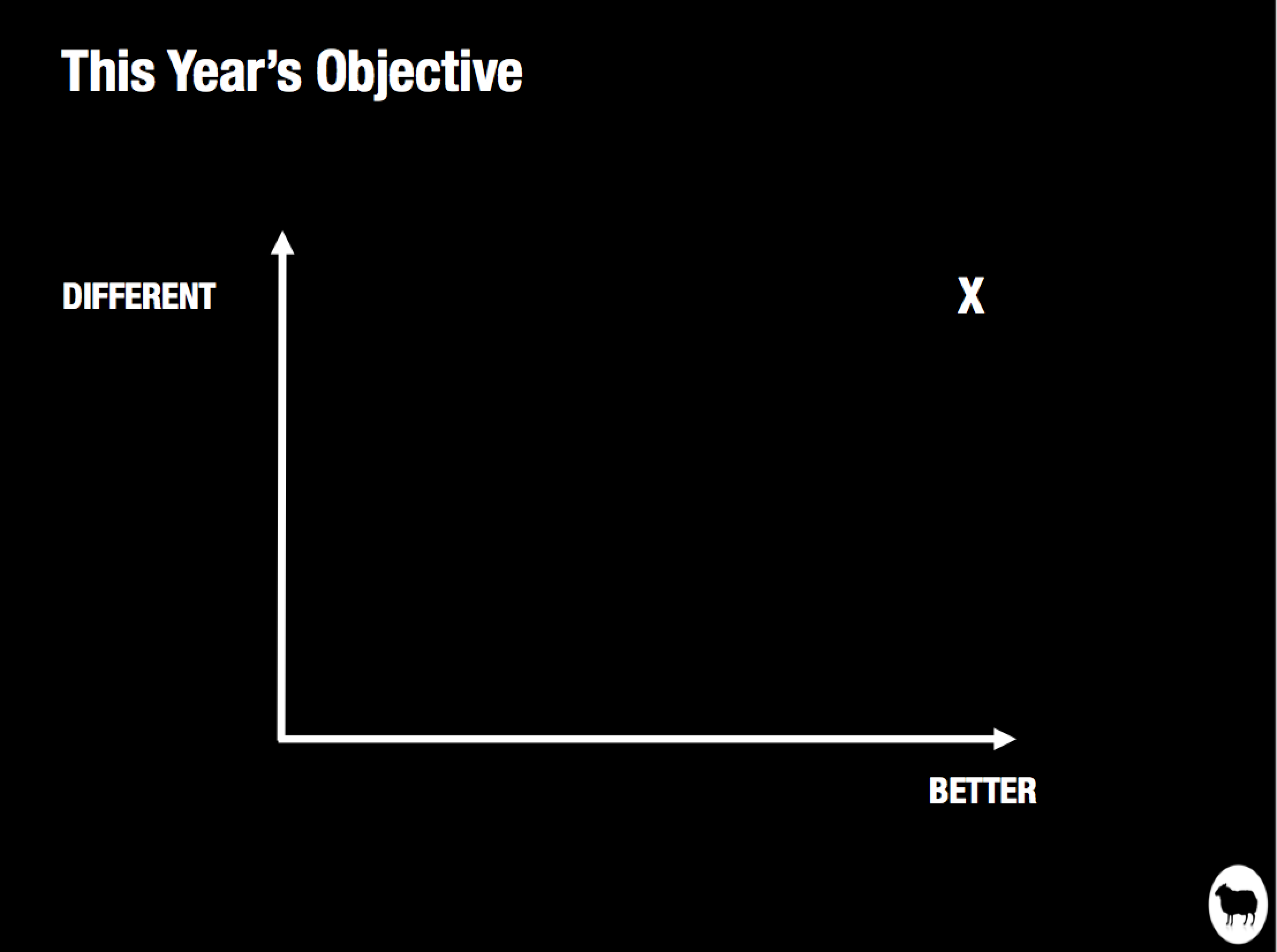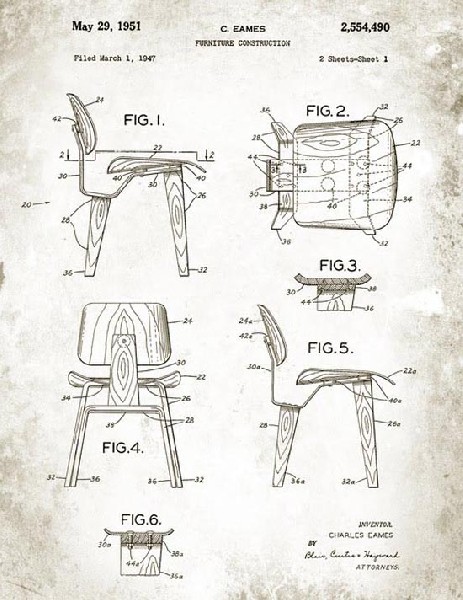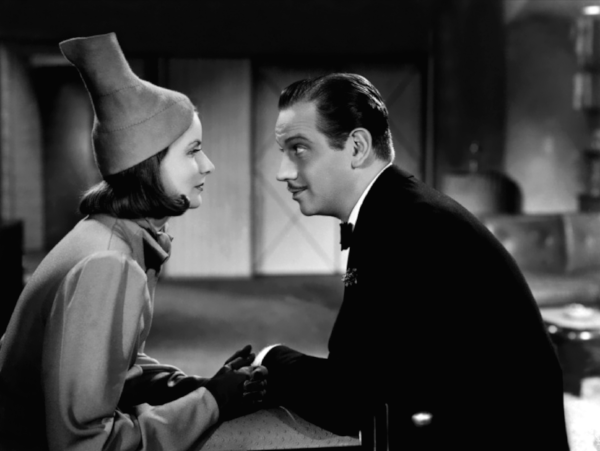About Time
'Sed fugit interea, fugit irreparabile tempus.'
(Meanwhile time flies; it flies never to return.)
Virgil, Georgics
I recently visited Christian Marclay’s splendid installation at the Tate Modern in London: ‘The Clock 2010’ (until 20 January).
Marclay and his team of researchers spent several years collecting excerpts from famous and lesser-known films that feature clocks, watches and other timepieces. He then edited these clips together so that they show the actual time. The final artwork, viewed in a cinema setting, is 24-hours long and contains around 12,000 different movie moments.
At about 10-40 AM Hugh Grant is woken by multiple alarms; Gary Cooper looks apprehensively at a wall clock; Humphrey Bogart rouses a sleeping Gloria Grahame; Adam Sandler suggests there’s still time for a McDonald's Breakfast. We skip seamlessly through time references in ‘Clockwise’, ‘Columbo’ and ‘Catch Me If You Can’; ‘The Talented Mister Ripley’, ‘Twin Peaks’ and ‘Three Colours: Blue.’ We see church clocks, railway clocks, grandfather clocks; wrist watches and pocket watches; sundials, hourglasses and microwave LEDs. We hear chimes, peals, beeps and ticks. We observe conversations about time; dramas around deadlines.
We find ourselves enthralled, spotting the film references, amused by the editor’s choices. We want to follow particular sequences longer. But we can’t. Time and the edit march on.
Collage courtesy: https://journalofseeing.wordpress.com/2011/11/01/high-noon-clocks/
At around 5-00 PM Jack Nicholson leaves work for the very last time; Robert Redford hits a home run and the ball shatters the stadium clock; Clint Eastwood observes a gunfight between Lee Van Cleef and Gian Maria Volonte.
Since the source material of ‘The Clock’ comes from the world of cinema, there’s a heightened sense of drama: an urgency as heists are planned, trains are delayed, deadlines loom. We arrive early for an appointment, late for a conference. Time is elastic. It slows down as the meeting drags on, as the boredom sets in; and then speeds up as the alarm goes off, the gun is fired.
At this precise moment, somewhere in the world babies are being born, promises are being made, crimes are being committed, hearts are being broken. We are struck by the sense that our complex, fragmentary existence is unified by the ticking clock. Time is the ever-present adhesive that holds it all together, the harness that keeps us in step. Time is sometimes a silent witness. Sometimes it is a catalyst, an actor in events. It can be relentless, oppressive, unforgiving.
‘The Clock is very much about death in a way. It is a memento mori.’
Christian Marclay
The creative industry has often had an uncomfortable relationship with time. We feel constrained by schedules, intimidated by deadlines. We balk at timetables and Gantt charts. We hesitate and delay, postpone and prevaricate. We always want more time.
'Time is what we want most, but what we use worst.’
William Penn
It doesn’t have to be this way.
BBH was famous for the creativity of its output, but many were surprised at its passion for process. We loved schedules, progress reports and status meetings; reviews and timing plans; project and traffic management. Indeed one of the Agency’s core beliefs was ‘processes that liberate creativity’.
I have always liked this phrase. It suggests that if we embrace the discipline of planning and preparation, if we properly plot the priority and sequence of tasks, time can become an ally to ideas, not an enemy. We shouldn’t be working all hours; we should be making all hours work for us. With proper forethought, it’s possible to make time, not waste it.
'The great dividing line between success and failure can be expressed in five words: “I did not have time."'
Franklin Field
'Time takes a cigarette, puts it in your mouth.
You pull on your finger, then another finger, then your cigarette.
The wall-to-wall is calling, it lingers, then you forget.
Oh oh, you're a rock 'n' roll suicide.’
David Bowie, ‘Rock 'n' Roll Suicide'
No. 213























